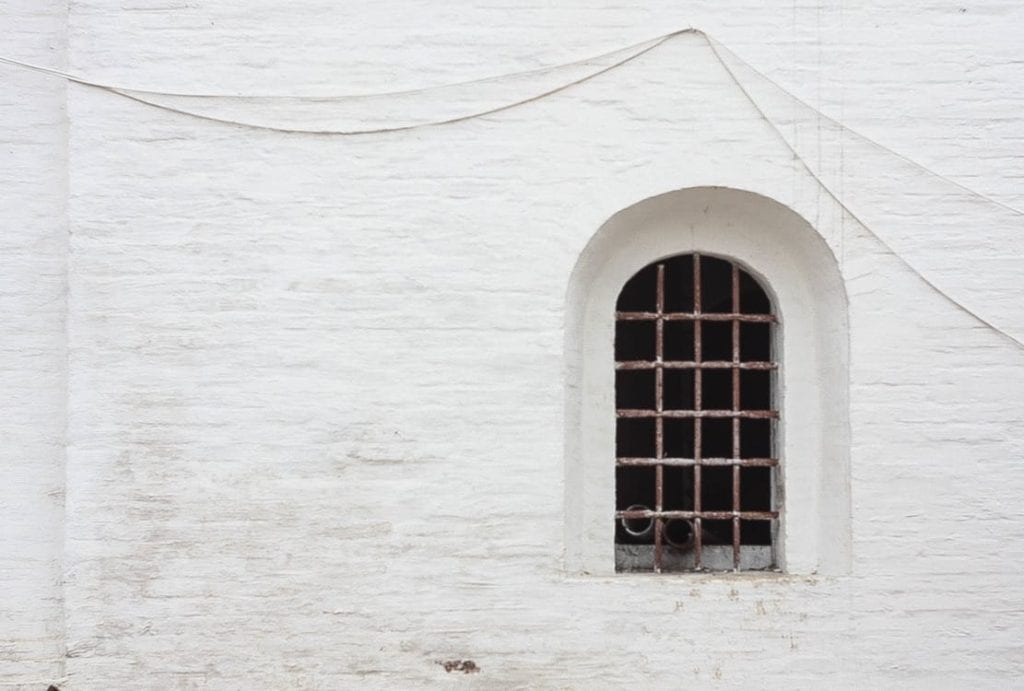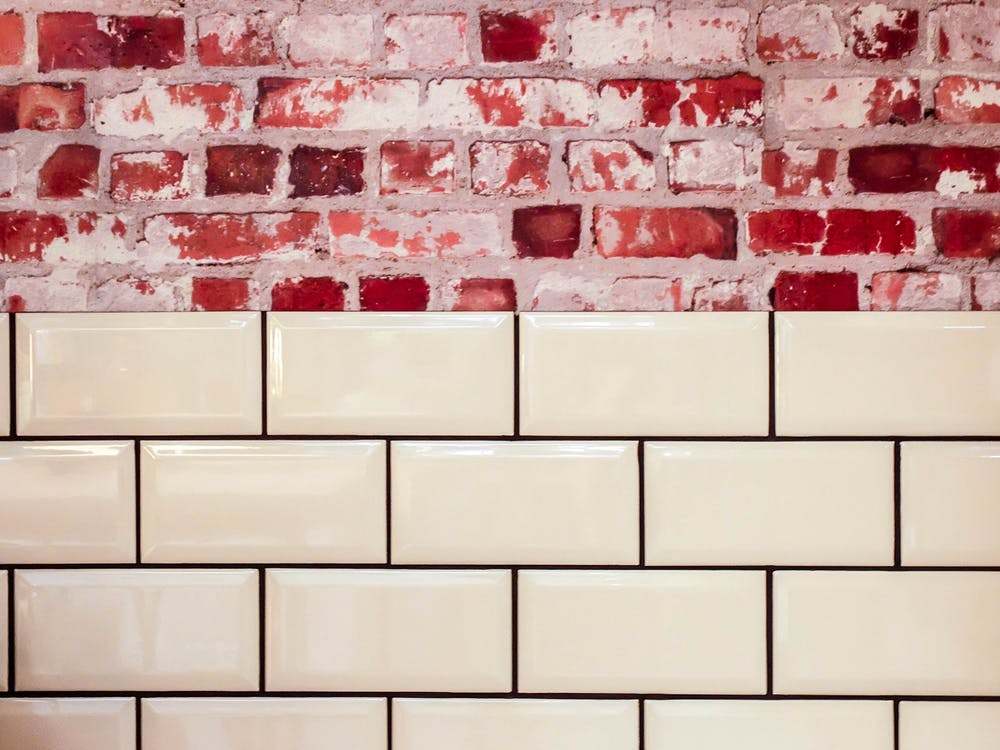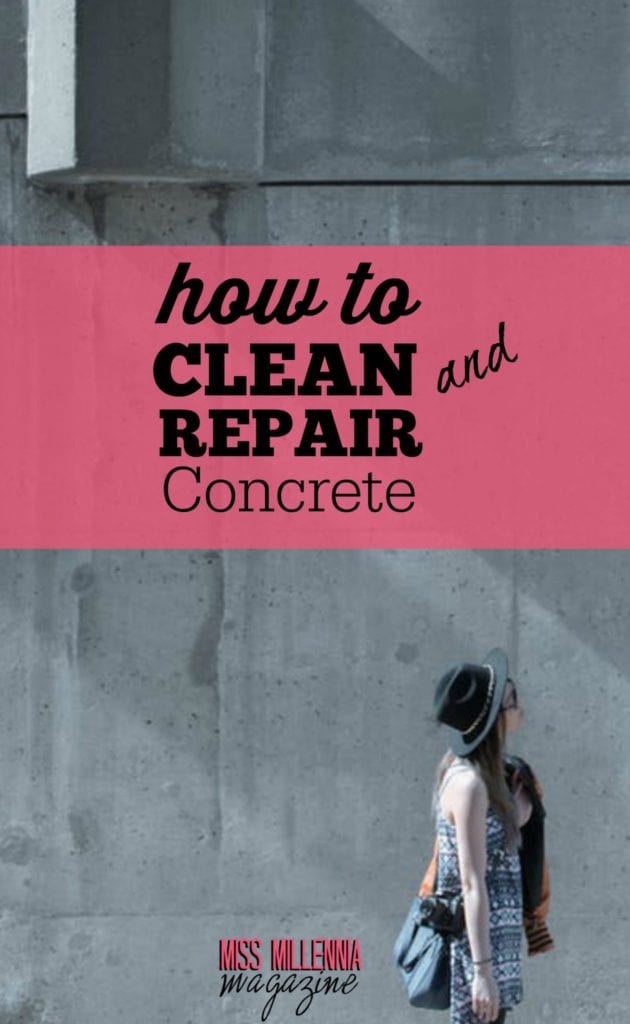How to Clean and Repair Concrete
Home upkeep and improvement is a never-ending pursuit. The key is to do it a little bit at a time. If you make a point to tackle at least one project a week, you can prevent small repairs from turning into huge headaches.
One perfect example of this is concrete upkeep. It’s much cheaper to repair small cracks and scaling in concrete than to have your patio or driveway completely replaced. It’s also far easier to clean concrete when it’s a little dirty than to wait until the grime is thick.
Cleaning Concrete
There are several effective ways to clean concrete. Your method of choice will depend on how large of an area you need to clean and the condition of the concrete. Otherwise, it’s just personal preference based on the tools you already have on hand, the amount of effort you want to put into it, and any environmental concerns you may have.
- Power Washer. For quick and virtually effortless deep cleaning, use a power washer. You can typically rent one from home improvement centers. Power washing allows you to clean a large area, but if the concrete is in poor condition, the high water pressure can chip away at the surface and cause further damage.
- Elbow Grease. For a small area, a stiff brush, cleaning solution and elbow grease can get the job done. Let your cleaning solution sit on the concrete for a few minutes so that it can loosen the dirt, and then scrub with the stiff brush. Rinse away the grime to reveal clean concrete below.
- Chemical Cleaners. Certain stains are tough to remove from concrete, even with a pressure washer. For example, oil and grease need a grease-cutting cleaner, whereas rust stains require a cleaner that contains oxalic acid.
Simple Concrete Repairs
Some concrete repairs are straightforward and don’t require expensive, specialized tools or backbreaking work. Here are a couple of examples of simple repairs that you can accomplish in a day or over the course of a weekend:
- Filling in small cracks. It’s best to address cracks when they are small. If you live in an area where temperatures reach below freezing, the cracks can actually get worse once water enters the crack and then freezes, pushing the crack open even wider. It also prevents weeds from pushing up through the crack.All you need for this repair is a simple concrete caulk, a caulk gun and a putty knife. Clean the crack of any loose chunks of concrete and dirt before you begin (a vacuum cleaner works well to remove fine particles). Follow the directions on the caulk product to apply it to the crack. Depending on how deep the crack is, you may need to apply several layers. Then smooth out the caulk with a putty knife so that it is level with the surrounding surface. Let it dry, and you’re done!
- Resurfacing concrete. Resurfacing a driveway, sidewalk or patio gives a brand-new look with only a fraction of the effort, and it prolongs the life of the concrete. Start with concrete that is completely clean (pressure washing is recommended) in order to ensure the new concrete will stick, and make sure all cracks have been repaired as well. Wet the old concrete before adding the new. Before you start, the concrete experts at Texcon Ready Mix recommend that you have all of your tools assembled, plus a few helping hands, and do the work on a cloudy, warm day to keep the project moving along smoothly.
Use either a basic concrete mix or a special resurfacing mix to add a fresh layer of concrete over the old surface. For small surfaces, you can paint on a layer of cement, use a trowel to move the concrete around, or you can pull the concrete with a special long-handled squeegee over a larger surface. Try not to overwork the concrete. Add a second layer if needed. Work in sections to make sure the concrete doesn’t dry out too fast.
When to Leave It to the Pros
Large cracks and sunken or raised slabs are best left to the pros. These projects require special tools and make a DIY project cost prohibitive. Sections of the concrete may have to be removed completely, and the foundation under the concrete may need to be leveled or corrected.
If in doubt, there’s nothing wrong with calling the pros. The cost of calling a professional for a repair is typically much cheaper than asking for concrete to be replaced completely.
Cleaning and maintaining exterior concrete surfaces help your home’s value and curb appeal stay high. Well-maintained patios and driveways are also safer for your kids to play on. So although cleaning and maintaining concrete seems like an unimportant chore, it’s easy to do and pays off in the long run.










